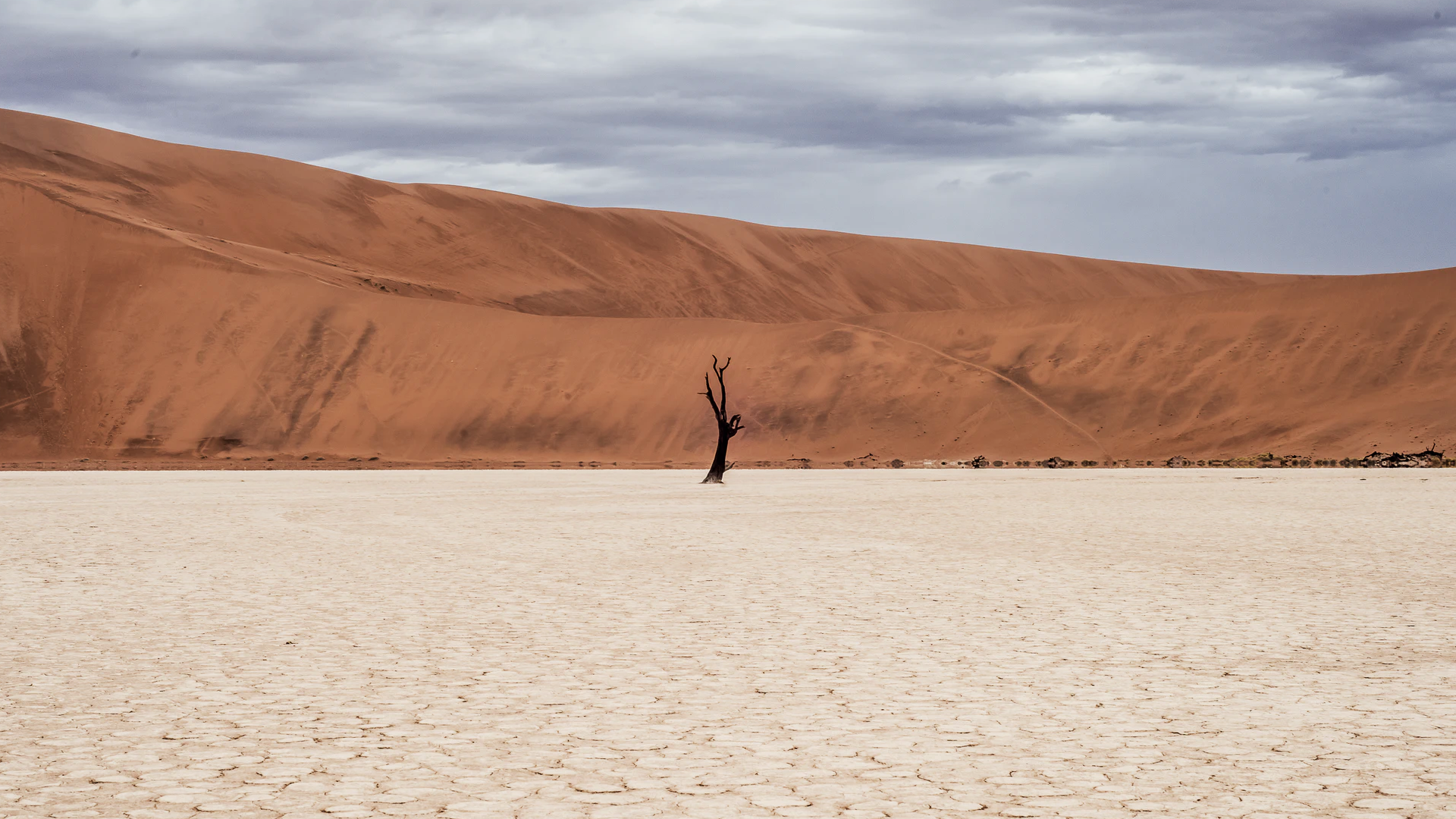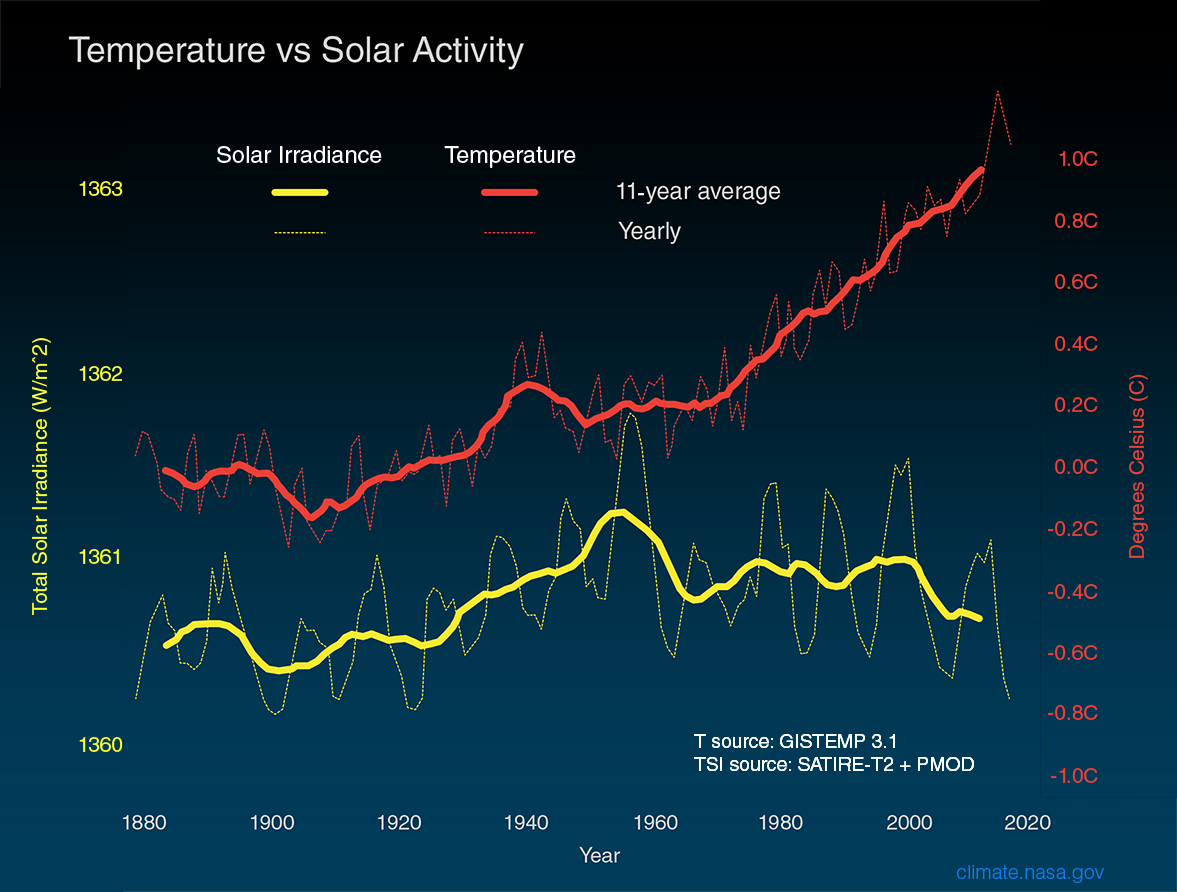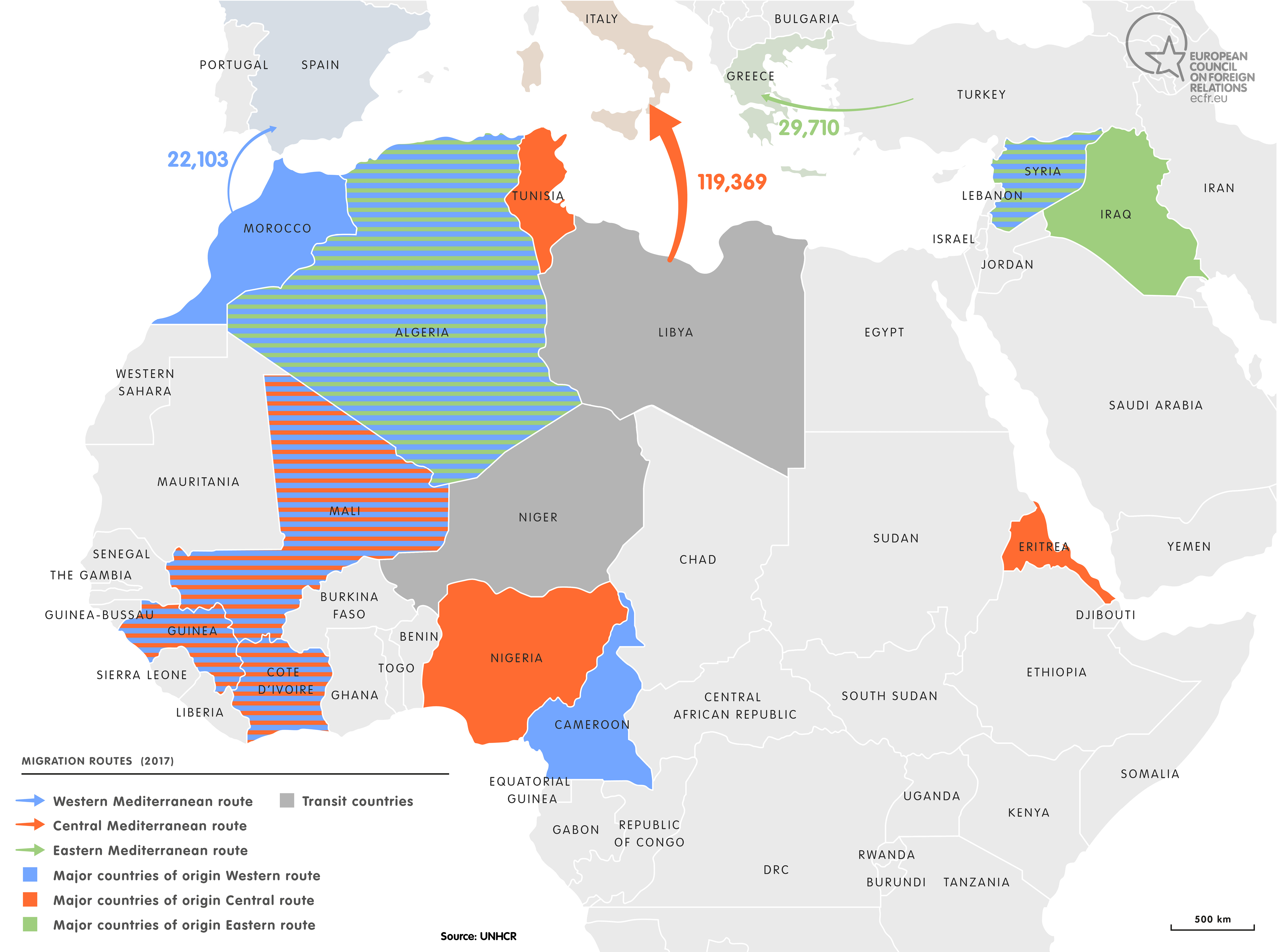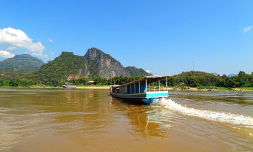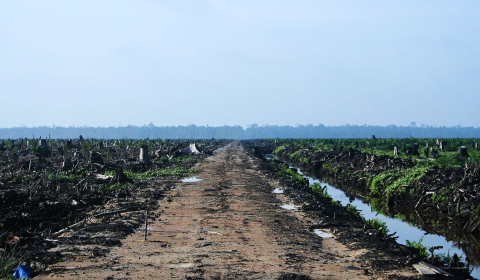The largest shift in human demographics since people first descended from Africa is currently underway, and we’re not acting like it.
The World Bank estimated in 2019 that by 2050, there could be as many as 300 million people displaced due to climate change. To put that in perspective, if these migrants were to form a country, it would be the fourth largest in the world. Despite this, neither individual nations nor the global community are prepared for the seismic shifts to come.
Policy needs to be created at something like the same speed the world’s climate is changing: that is to say, fast.
Last month The Times Magazine, in collaboration with ProPublica and the Pulitzer Centre, released a mammoth report on the true extent of this crisis, focusing on communities in Central America. Their findings are extreme.
Flooding, droughts, and other erratic weather is forcing farmers to flee rural areas in search of work and food. Urban centres are increasingly overrun, particularly in Mexico as people prepare desperate bids for the US border. Clearly there aren’t enough jobs for everyone, and nowhere near enough infrastructure to support them. Hollowed out farming communities mean massive food shortages, though crop yields have been so poor in the region that people are left with little choice.
Currently, 42% of El Salvador’s 6.4 million residents are living without access to a reliable food source; indeed 40% of the world’s city dwellers will be relegated to slums by 2030 if current urbanisation patterns persist.
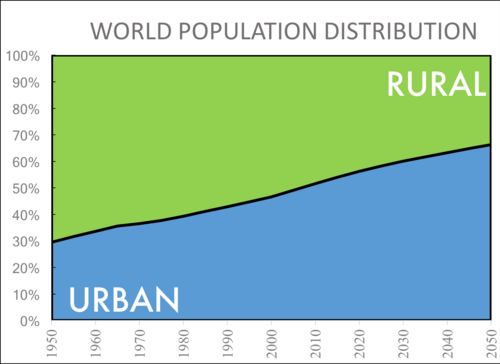
This is a recipe for anti-immigration sentiment – something that’s already rising the world over. In Mexico City citizens have begun to describe the migrants as ‘economic parasites’, with the situation worsening now that the pandemic has essentially sealed the borders. Anger and overcrowding threaten to spill over as migrant communities in slums cannot socially distance, and thus spread the disease.
Tonatiuh Guillén, until recently Mexico’s commissioner for immigration, had advocated for open borders ostensibly to prompt mirrored relaxations from the USA. Since the pandemic began, he’s been replaced by anti-immigration stalwart Francisco Garduño Yáñez, the previous commissioner of federal prisons – a sure sign that the country’s border policies are to become more punitive.
The global trend towards building walls around sovereign borders has led to a stagnation of refugees in liminal communities and cities. Those trapped in protracted transit attempting to reach stability are not contributing to any economy, eroding already limited resources and threatening to torpedo their home nations into failed states. Twinned policies from the west of restricted migration and a lack of intervention in the origin countries of the migrants will inevitably result in a spiral of degradation for the world’s poorest and hottest regions, and millions will die.
A warming world
Demographers and statisticians are able to make these predictions, and journals like the New York Magazine and Thred are able to report them, due largely to the complex modelling of economist Alan B. Kreuger and climate geoscientist Michael Oppenheimer. In 2010 they published a seminal paper that for the first time considered physical, economic, and psychological data together to represent likely outcomes of extreme weather displacement.
The study was able to show where climate migrants were physically likely to go, projecting that by 2080 the number of Central and South American migrants at the US border will balloon by approximately 6 million people.
Since the Kreuger/Oppenheimer model was conceived, econometric data has been applied to even more climate related problems with increased precision. There’s no shortage of bells and whistles attached to the simulacrum, and even then it’s hard to account for things like the effect of cultural or religious prejudice on migration patterns. But to grasp the bigger picture of climate migration, only a few concepts are necessary to comprehend.
For most of our history, humans have existed within a limited range of temperatures. The most concentrated settlements have typically clustered in narrow equatorial Goldilocks zones where the climate supported food production. Nearly every aspect of our current demographic layout, in fact, can be traced back to a decision about climate: populous regions and countries tend to be those with the most forgiving soil. In the words of Simon Mabon, ‘space is the raw material of sovereignty.’

But, according to this recent study by the National Academy of Sciences, the planet will likely see temperatures rise more in the next 50 years than in the previous 6,000 years combined.
Currently, around 1% of the world’s physical landmass is considered an ‘unlivable’ hot zone; this is predominantly made up by the regions in Sahara desert. But, if our current warming trajectory isn’t curbed, this percentage could rise to 19%. Almost one fifth of our land will become uninhabitable, placing up to a third of the human population outside of the Goldilocks zone.
To note the severity of the conditions we may face, this 2017 study found that by 2100 temperatures in parts of India and Eastern China could skyrocket to the point where stepping outside for any length of time will result in death ‘even for the fittest of humans’. Our space is quickly rejecting us.
We have effectively doused our world in a thick layer of gasoline, and the more CO2 we willfully pump into the atmosphere the shorter the fuse gets. This is not an abstract metaphor but a direct one. Under these conditions exposure to the sun would literally set you alight.
If rising temperatures and a lack of arable land doesn’t drive people from their homes, then creeping sea levels will. You can read more on how climate change will affect our seas at Sofar Ocean if you’re particularly interested.
We’ve recently learned that researchers have been underestimating the level of displacement rising tides will likely bring by a factor of three. New projections show hefty chunks of Vietnam and Bangladesh under water by 2050 as well as parts of China and Thailand, most of Southern Iraq, and nearly all of the Nile Delta which feeds Egypt. The west is not exempt, with much of the US’s coast also teetering on oblivion.
It’s easy to see how this could compound to hundreds of millions of souls in need of refuge.









